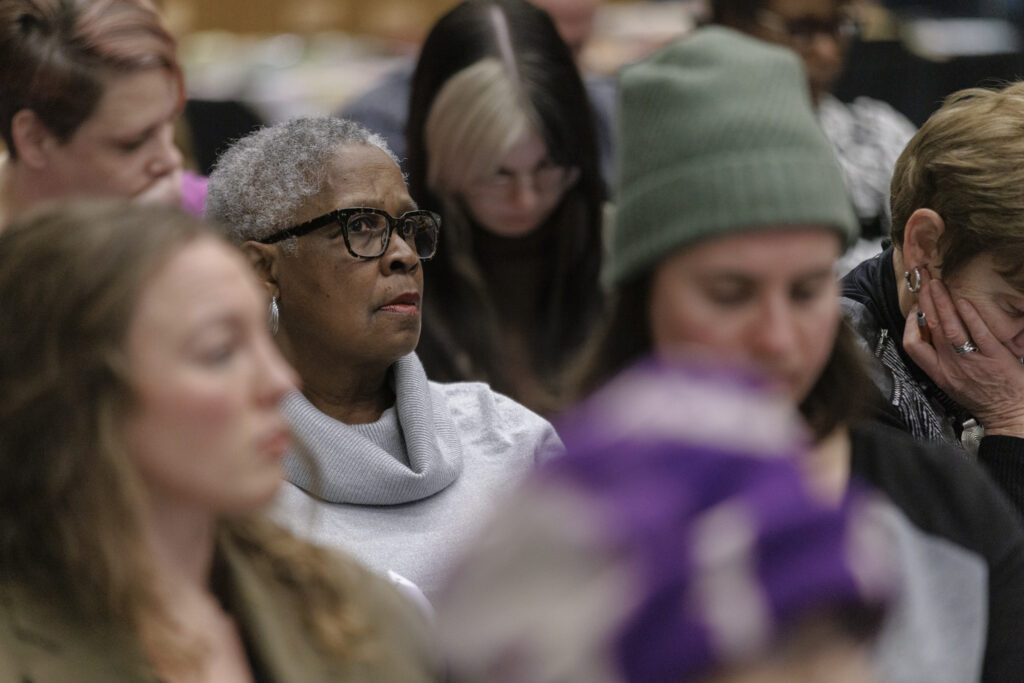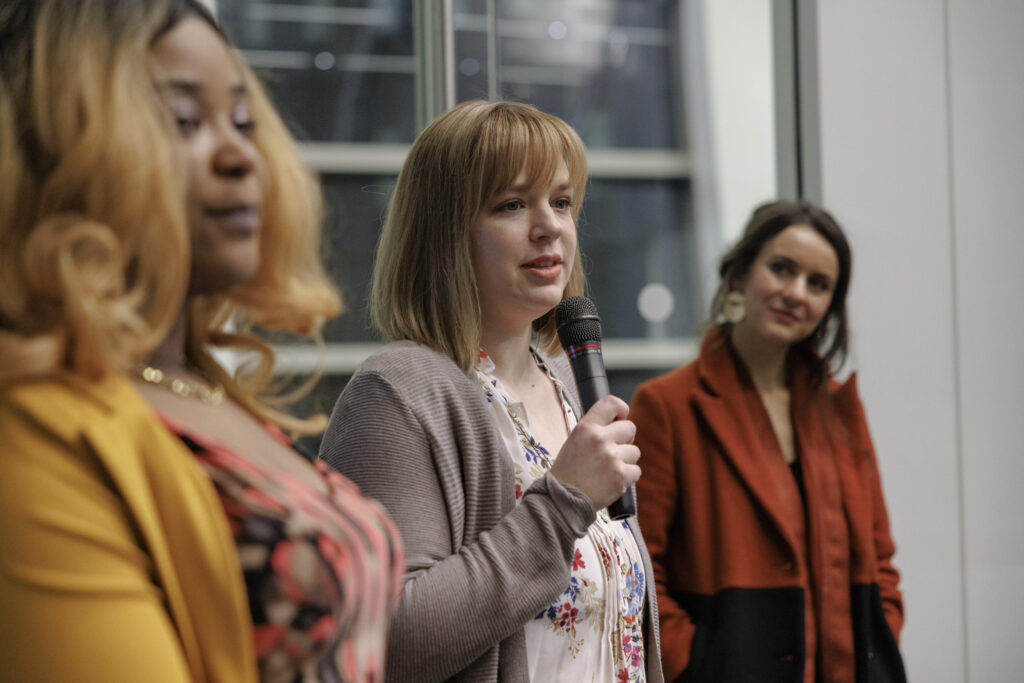
One of the major limitations of this work is that we were unable to secure participation from a broadcast outlet. This is significant, since many local residents noted that much of the news they receive comes from local broadcast media. To get a full understanding of how an ecosystem operates, it is imperative that broadcasters participate in DEIB work. As was noted, all broadcast stations opted out of a 2016 survey, and they have largely not been involved in other local projects, notably the Pittsburgh Media Partnership.
Additionally, because we only had access to the data of participating newsrooms, we did not conduct a detailed analysis of content from newsrooms outside these five cohort members, via our Source Matters and Metrics for News tools. We feel strongly, however, that the work conducted by the Heinz Endowments is reflective of the current conditions in Pittsburgh newsrooms, and as such, represents an accurate picture for assessment of news content in Pittsburgh. We also believe that a follow-up to the 2016 diversity survey conducted by the Pittsburgh Black Media Federation is needed for the entire news ecosystem.
Share with your network
You also might be interested in:
It’s been a busy year for us: we held three API Local News Summits, built out a comprehensive guide to partnering with influencers, encouraged experiments with grants and cohorts, and supported news organizations with our products.
Today, we’re undergoing a bold transformation — reimagining ourselves as a platform that fosters generational solidarity and serves bicultural audiences from Gen Z to Boomers.
As director of inclusion and audience growth, Harris-Taylor will continue API’s efforts to drive organizational and cultural transformation while sharpening its commitment to diversity, equity, inclusion and belonging. She’ll also work to deepen API’s partnerships with community organizations and non-news experts.








